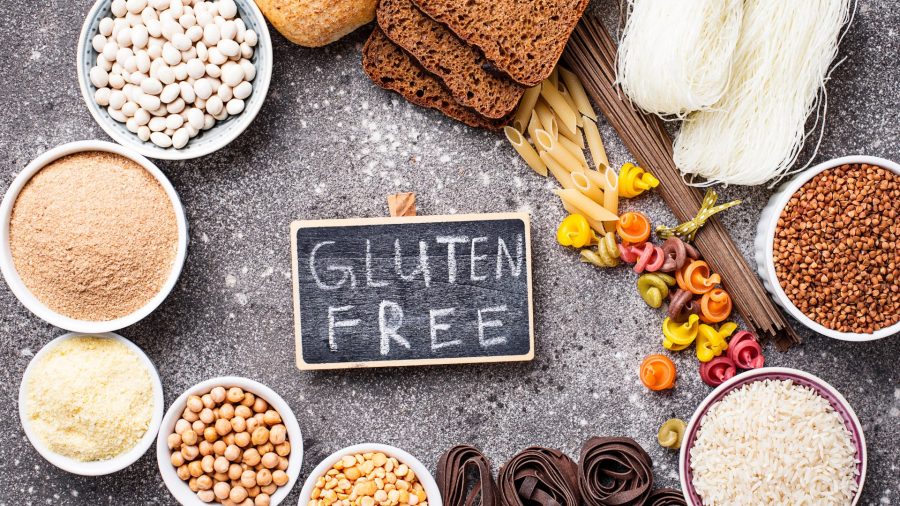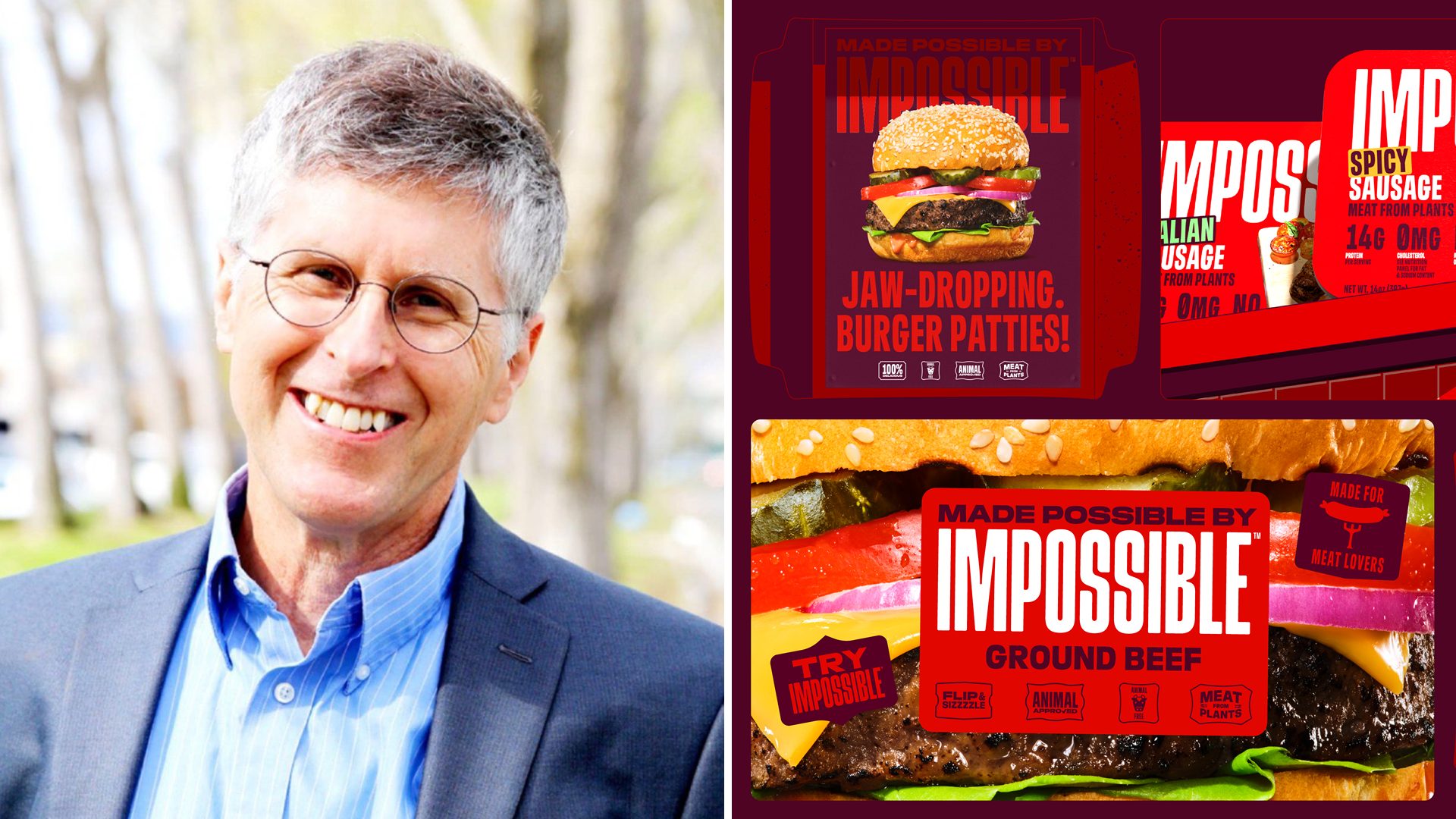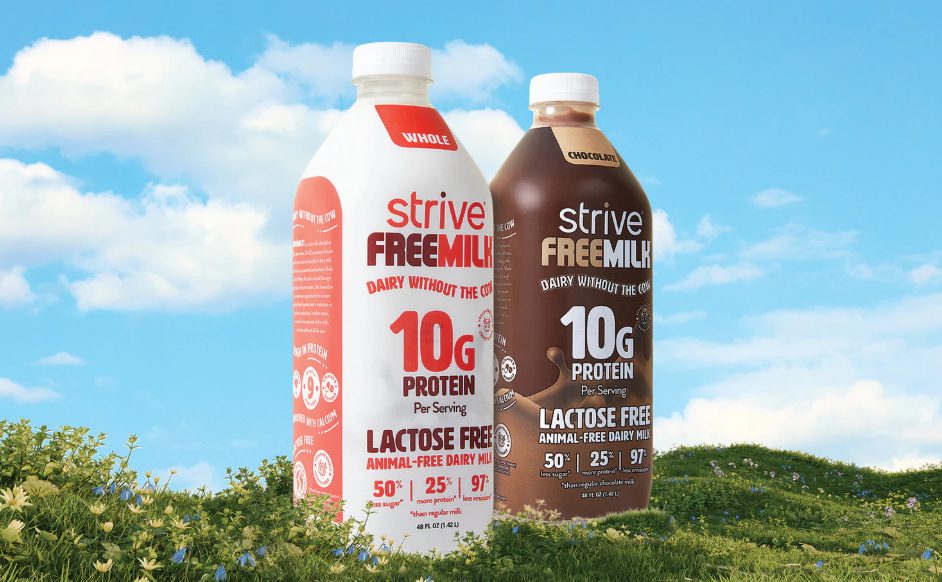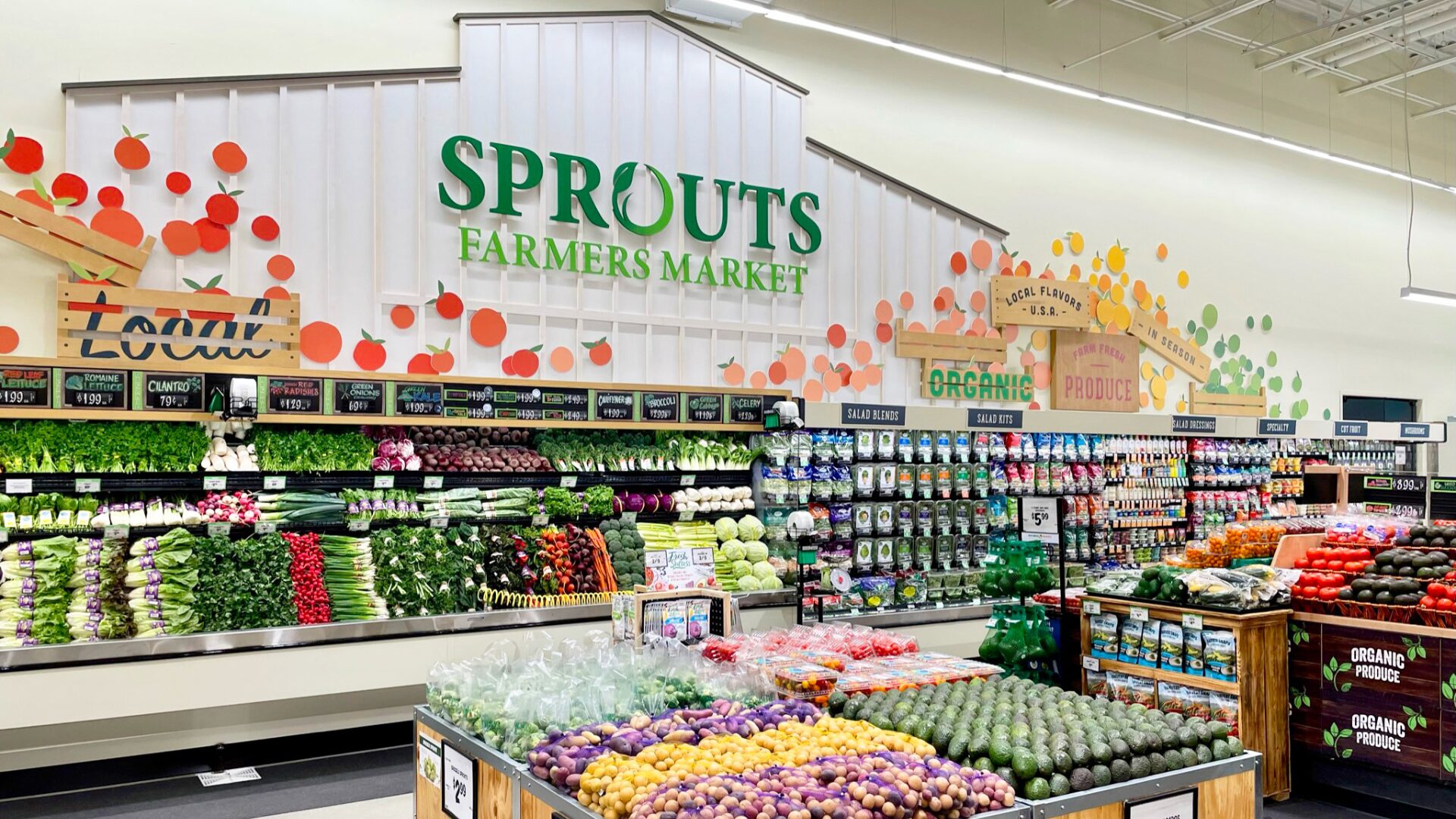Demand for gluten-free products continues to rise as more consumers adopt special dietary lifestyles – and grocery retailers and CPG companies are responding accordingly.
The global gluten-free packaged food market, estimated to reach $9.6 million this year, is projected to grow at a 11.63% CAGR through 2026, according to an October report by Research and Markets.
In addition to general health benefits, category growth is attributed to an ongoing increase in celiac disease and gluten intolerance.
A 2020 study by researchers at Columbia University shows the incidence of celiac disease has increased an average of 7.5% per year over the past several decades.
Lower Price Tags
Maintaining a gluten-free diet is the only treatment available to celiac patients, and related costs are often a burden for consumers.
ALDI US was among the first retailers to offer a dedicated line of private label gluten-free foods when it launched “liveGfree” in 2014. In recent years, major retailers and regional grocers alike are incorporating more affordable gluten free products as they expand their private label offerings.
In November, Hy-Vee led the launch of its private label venture “Good Graces” with a line gluten-free products across frozen and center store.
“The demand for gluten-free products continues to rise, and Good Graces provides a high-quality and affordable selection of products,” said Darren Baty, EVP and chief merchandising officer for Hy-Vee, in a statement. “This expansive product line ensures gluten-free options are accessible for everyone.”
Catering to Convenience
In November, The Real Good Food Company went public following the explosive growth of its gluten- and grain-free line of frozen better-for-you convenience items, which includes pizzas, breakfast sandwiches, and entrees.
In addition to increasing its retail distribution by 80% over a two year period, company sales also skyrocketed, with the dollar amount in the first half of 2021 adding up to almost twice the sales of the first six months of 2020, reported Food Dive. (Nov 2)
“We’re replacing grains and carbohydrates with protein,” Executive Chairman Bryan Freeman said in the same article. “We know and believe that so long as we do that in a craveable way across multiple categories in frozen, we can build a very large business in a short amount of time.”
Room for Improvement
In addition to accessibility, the overall quality and nutritional value of gluten-free products are a work in progress.
“Gluten-free formulations are getting better, but some are just a very starchy version of something that used to have fiber, protein, and substantial texture,” Kantha Shelke, principal of food science firm Corvus Blue, told Food Technology Magazine. (Nov 1)
Simply getting rid of gluten without considering the nutritional impacts may be introducing a whole new set of problems.
“Consumers are beginning to understand that there are health implications if formulators don’t match up the nutritional qualities of the original ingredients,” Shelke says, adding that the solution lies in technology, innovative ingredients, and active consumer engagement.











